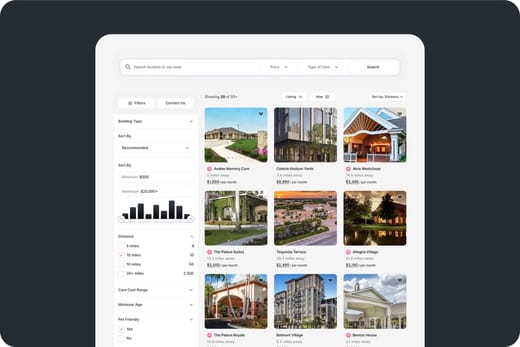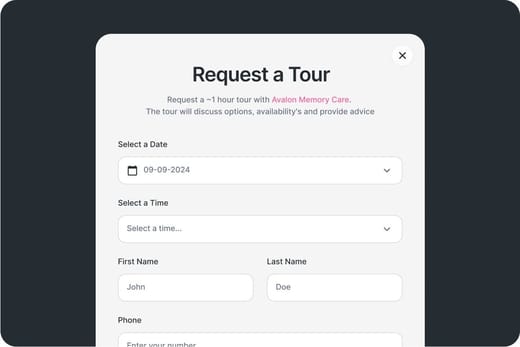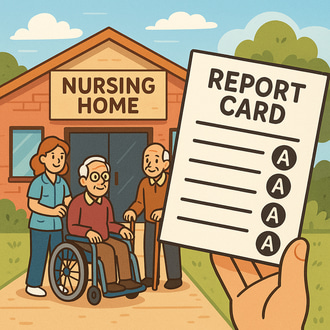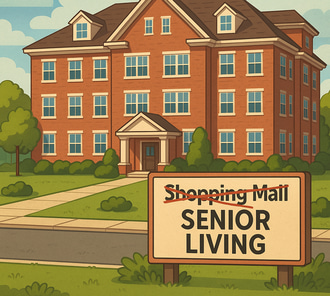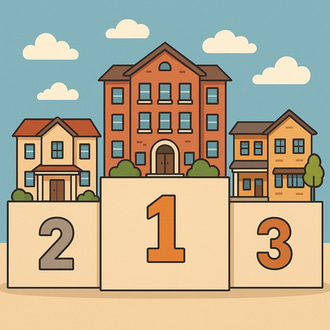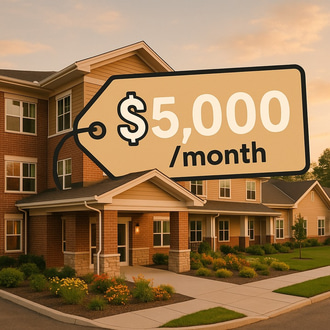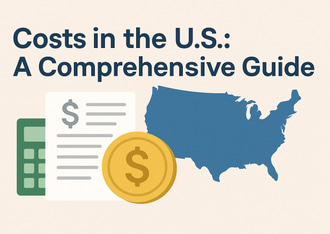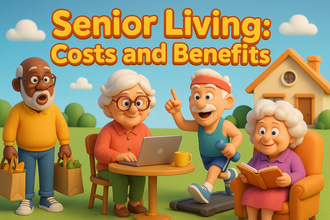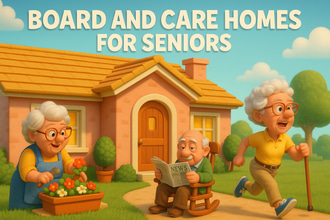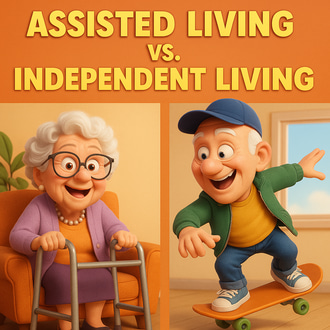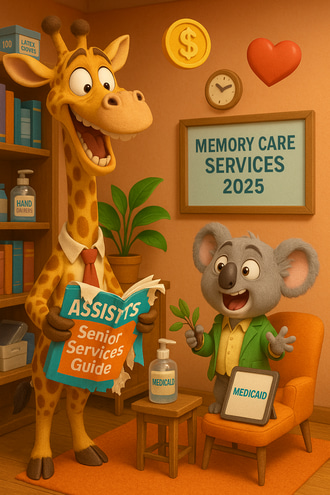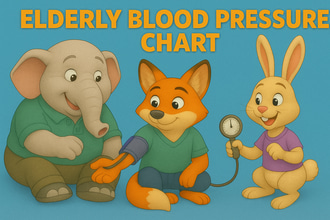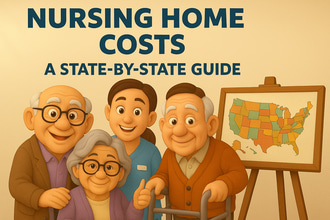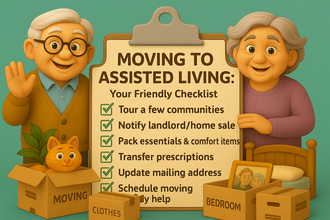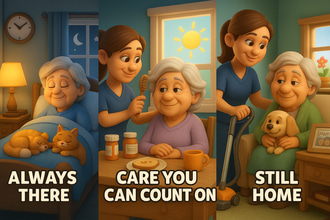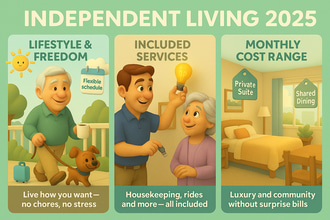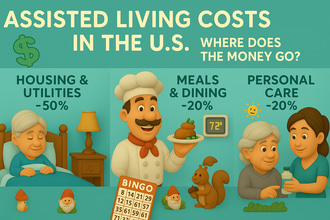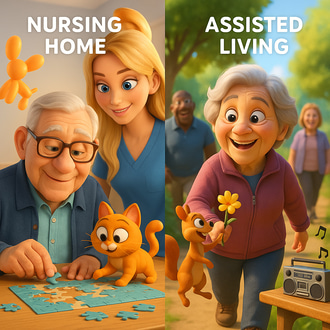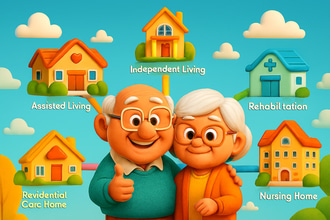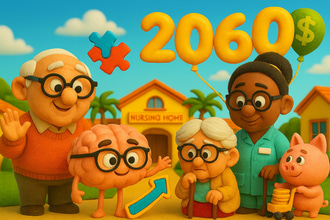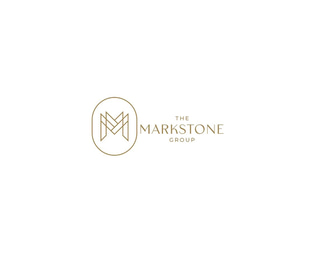The demand for care options for older adults continues to increase, alongside the aging population of the U.S. Older adults aged 65 and above make up 16.8% of the country’s population, with over 55.9 million in 2020. Board and care homes are a long-term care solution that provides a home-like environment for older adults who need assistance with daily activities but not necessarily intensive medical care. This article provides a comprehensive overview of board and care homes, services, costs, and regulatory oversight, referencing reputable sources and government data.
What are Board and Care Homes?
Known as residential care facilities, group homes, and personal care homes, board and care homes are small residential communities that accommodate up to 20 residents. These homes offer personalized care for older adults who need support with activities of daily living (ADLs), including bathing, grooming, and feeding, promoting a home-like environment in residential neighborhoods. In contrast to nursing homes, board and care homes do not provide skilled nursing services and mostly focus on comfort and socialization.
Board and care homes provide housing, meals, personal care, and round-the-clock assistance, as per the National Institute on Aging. Promoting a cozy and tight-knit community, board and care homes often feature private and shared rooms. This housing option is suitable for those who need assistance with ADLs but prefer a less institutional environment than nursing homes.
Services
- 24-Hour Supervision – Teams monitor residents around the clock to ensure safety and quick emergency response.
- Personal Care – ADL support, including grooming, toileting, bathing, and feeding.
- Meals and Nutrition – Three meals a day tailored to residents’ dietary needs, alongside snacks.
- Medication Management – Reminds residents to take medications and helps in administering them.
- Housekeeping and Laundry – Regular cleaning, laundry, and linen services for a clean and comfortable living environment.
- Social and Recreational Activities – Promotes social interactions and wellness, however, it may not be as comprehensive as those of larger communities.
These services make board and care homes suitable for older adults with mild cognitive conditions like early-stage dementia, Parkinson’s disease, and physical limitations, without the necessity for skilled nursing care.
Cost and Payment Options
The cost of board and care homes depends on the location, room type, level of luxury, and care provided. Average monthly costs range from $2,500 to $7,000, as per the government data and industry sources. For example, in California, the average cost is around $3,000 per month for a shared room, and $4,000 to $7,000 for a private room monthly, according to the California Department of Social Services.
Since board and care homes typically do not provide medical care, costs cannot be covered by Medicare. However, Medicaid waivers can cover some services, depending on state policies. A variety of funding options may be used to cover the expenses for board and care homes, per the U.S. Department of Housing and Urban Development (HUD).
- Personal Funds, such as savings, pensions, and investment incomes.
- Long-Term Care Insurance – depending on the plan, some policies may cover board and care home costs.
- Medicaid – varying by state, Medicaid waivers may cover some services, but rarely room and board.
- Veterans Benefits – The U.S. Department of Veterans Affairs provides programs like the Aid and Attendance, which provide funds that can help with monthly expenses.
Regulation and Oversight
Board and care homes are regulated by the state, which provides varied licensing requirements. For instance, in California, the Department of Social Services’ Community Care Licensing (CCL) monitors residential care facilities for the elderly (RCFEs), which board and care homes are categorized in. Regulations are mandated to ensure board and care homes provide safe and appropriate care, and ensure licensed professionals are part of the care team if skilled nursing services are offered.
According to the CDC’s NSRCF, most board and care homes are registered, licensed, and certified by state agencies, ensuring safety and care standards. However, verifying a home’s licensing status is still recommended for families, and reach out to state agencies or utilize resources like the Wake County Adult Home Specialists, who oversee facilities and investigate complaints.
Benefits and Considerations
- Low Staff-to-Resident Ratio: The team can provide more individualized attention, especially with fewer residents, typically six or fewer, which is ideal for older adults with dementia or high care needs.
- Sense of Community: The cozy and tight-knit environment fosters social interactions and a home-like setting.
- Cost-Effectiveness: Board and care homes usually cost less than nursing homes, for half as much.
- Safety Features: Most homes feature alarms, gated entrances, and other safety measures, creating an ideal environment for residents who are at risk of wandering or have mobility issues.
Since board and care homes are generally smaller, they may offer fewer amenities and activities than larger assisted living communities. Moreover, care homes do not offer medical care; hence, the lack of a medical care professional on-site, which is not suited for older adults with complex medical needs. Careful assessment of needs and preferences is recommended for older adults and families to ensure the right choice.
Choosing the Right Board and Care Home
As recommended by the National Institute on Aging, older adults and families should follow these steps:
- Assess Needs – Evaluate the level of care required, including ADL support, medication management, and specialized care.
- Visit Multiple Homes – Tour facilities at least twice, including a non-scheduled visit, to observe team-resident interactions, cleanliness, safety, and overall environment.
- Verify Licensing and Compliance: Check for the home’s licensing status and review its inspection reports through state agencies.
- Talk to Residents and Families: Gather feedback from current residents and their families about the quality of care and services.
- Review Costs and Contracts: Understand all fees, services included, and payment options, including any potential funding options.
Conclusion
Board and Care Homes are ideal for older adults who are looking to experience a personalized and home-like environment while receiving assistance for ADLs. Costs, regulations, and services vary by state, however, government resources and data from agencies like the CDC, VA may provide necessary information to understand care homes. Older adults and families can find the right board and care home according to their needs and preferences, with care evaluation and research available in their desired retirement destination.

